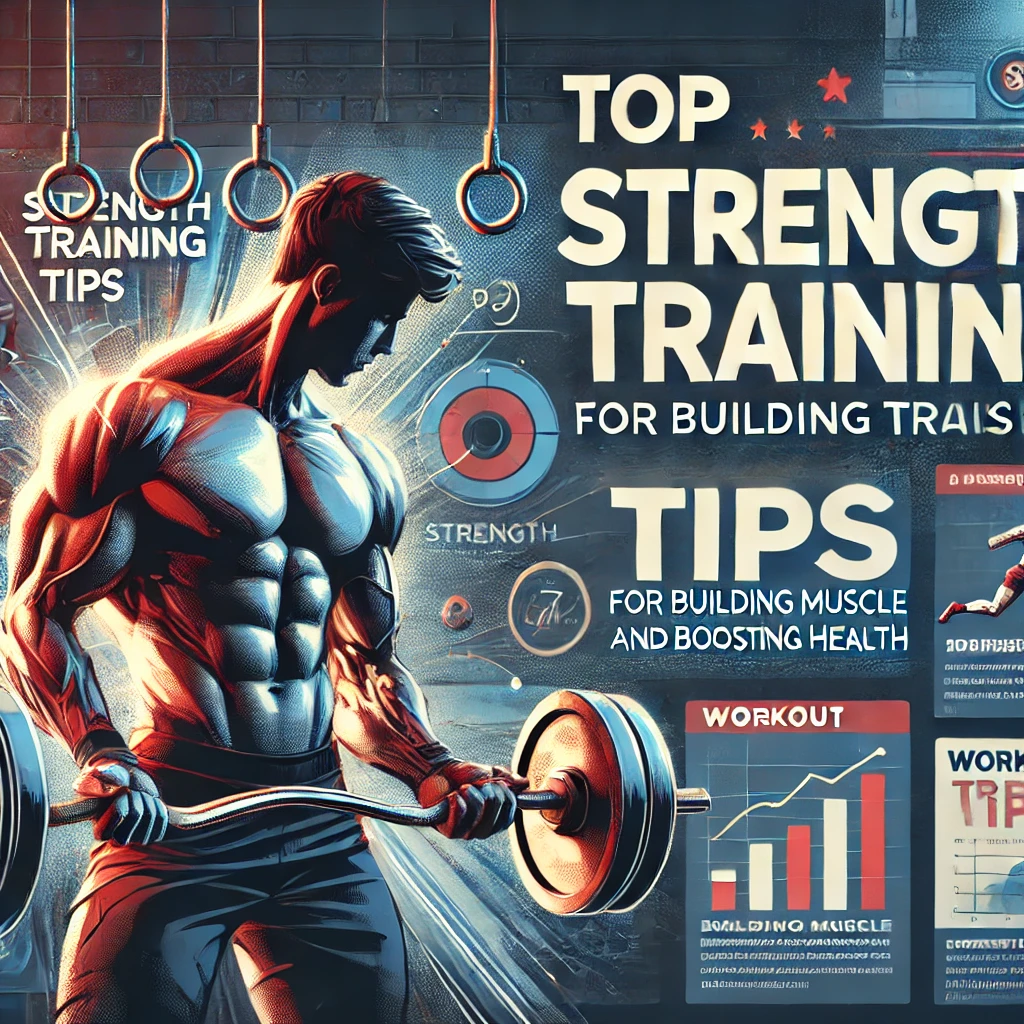Author: Editor
-

How to Make Beef Tallow: A Step-by-Step Guide
Beef tallow is a nutrient-rich, versatile fat that has been used for centuries in cooking, skincare, and even candle-making. Whether you want to fry the crispiest potatoes, make homemade balms, or have a natural alternative to vegetable oils, learning how to make beef tallow at home is easier than you think. In this guide, we’ll…
-

The Evolution and Impact of Face Swap Videos
Face swap videos have surged in popularity over recent years, transforming from simple entertainment clips to sophisticated tools with wide-ranging applications. As technology advances, these videos have not only captivated audiences worldwide but have also raised important ethical and legal questions. What Are Face Swap Videos? Face swap videos involve digitally superimposing one person’s face…
-

Top Strength Training Tips for Building Muscle and Boosting Health
Strength training is a cornerstone of fitness that offers numerous benefits, from building muscle and increasing strength to improving overall health and well-being. Whether you’re new to strength training or looking to refine your approach, these tips can help you maximize your results and achieve your fitness goals. As a British writer passionate about health…
-

The Resurgence of Neon Lights: Illuminating Modern Spaces
Neon lights, with their unmistakable glow and vibrant colors, have made a significant comeback in recent years. From bustling city streets to chic interior designs, neon lights are illuminating modern spaces with a blend of vintage charm and contemporary flair. The Origin of Neon LightsThe journey of neon lights began in the early 20th century…
-

Breaking Down the NFL’s Most Effective Offensive Schemes
In the high-stakes world of the NFL, offensive schemes are crucial to a team’s success. The ability to outmaneuver defenses, exploit weaknesses, and maximize player strengths can be the difference between victory and defeat. Here, we break down some of the most effective offensive schemes used in the NFL today. The West Coast OffenseThe West…
-

The Essential Guide to Choosing and Using a Bathroom Bin
A bathroom bin is an essential accessory for maintaining cleanliness and organization in one of the most frequently used rooms in the home. Not only does it provide a convenient place for waste disposal, but it also contributes to the overall aesthetic and functionality of the bathroom. Here’s a comprehensive guide to choosing and using…
-

The Ultimate Guide to Choosing and Using Cloth Hangers
Cloth hangers are essential tools for organizing and maintaining your wardrobe. They not only help keep your clothes in good shape but also enhance the overall look and functionality of your closet. Here’s a comprehensive guide to choosing and using cloth hangers effectively. Benefits of Using Cloth Hangers Using the right cloth hangers offers several…
-

The Essential Role of IT Services in Modern Business
In the labyrinth of the modern business environment, IT services stand as a beacon, guiding companies through the complexities of the digital age. This article explores the multifaceted nature of IT services, examining their crucial role in driving business efficiency, innovation, and competitiveness in today’s technology-driven world. The Bedrock of Business Technology IT services form…
-

How to Efficiently Organize Your Kitchen: Our Top 5 Tips
Continually searching for the right lid? Have multiple duplicates of ingredients because you couldn’t find them in your pantry? Does your kitchen seem to get messy on its own? It’s time to reorganize your kitchen! Contrary to popular belief, having a functional kitchen doesn’t require a large space. It’s more about organizing the available space…
-

Tretinoin Cream in the UK: Revolutionizing Skincare Regimens
Tretinoin cream, a powerhouse in the world of dermatology, is widely acclaimed for its potent effects on a variety of skin conditions. In the UK, this cream has become a staple in many skincare routines, thanks to its proven efficacy in treating acne, combating signs of aging, and improving skin texture. This comprehensive article delves…
-

Top Tips for a Wedding In Dubai
With thoughtful planning, Dubai can offer a fairytale setting for your nuptials. Its blend of age-old traditions with contemporary grandeur provides an unparalleled ambiance for your big day. Dubai wedding decor
-

How to print a brochure in Word?
Printing brochures in Microsoft Word should not be a difficult thing to do. The procedures to follow are quite similar to printing a page or an entire book. You can also customise your booklet before printing it or use booklet templates that can be incorporated into a Word document to simplify your work. Keep in…
-

7 golden rules to make your life happier
We all need a reminder sometimes to help us and make life happier. In the hustle and bustle of daily commitments and challenges, we often forget important aspects of life – ourselves. You want it to be yours Life happier? It is important that you consciously dedicate yourself to working on yourself personal growth, because…
-

4 tips on how to win a man’s heart
How do you win the heart of a man with healthy energy in his life? It is important to be open about yourself and your feelings to open the way to his heart. To win the heart of a man with good masculine energy, it is also important to work on your feminine energy. Men…
-

Increase turnover with customer reviews
ProvenExpert: “If you are present on the web with customer reviews, you will reach interested parties exactly when they are open to your product or service. That is worth its weight in gold.” Increase sales with customer reviews – you have to turn these 5 screwsWorking professionally with customer reviews has now become known in…
-

Wholesale or wholesale trade
In the distribution chain of goods, there are several stages through which a product passes until it reaches a final consumer. One of these stages is the wholesale stage. This phase encompasses the purchase and sale of products in bulk, without taking into account sales that bring a product directly to the final consumer. Companies…